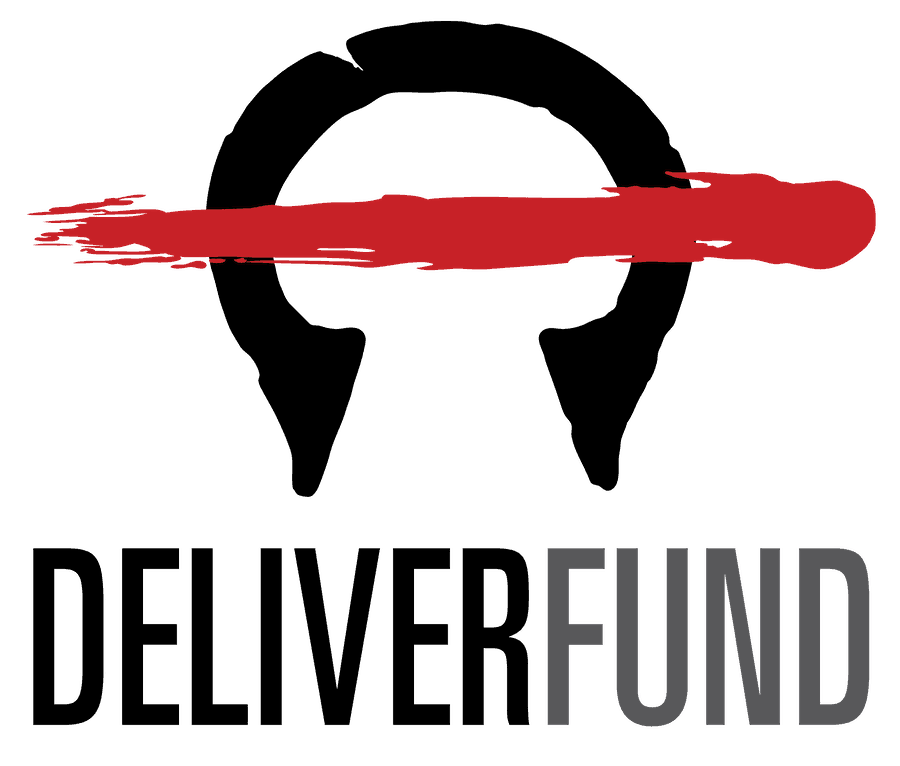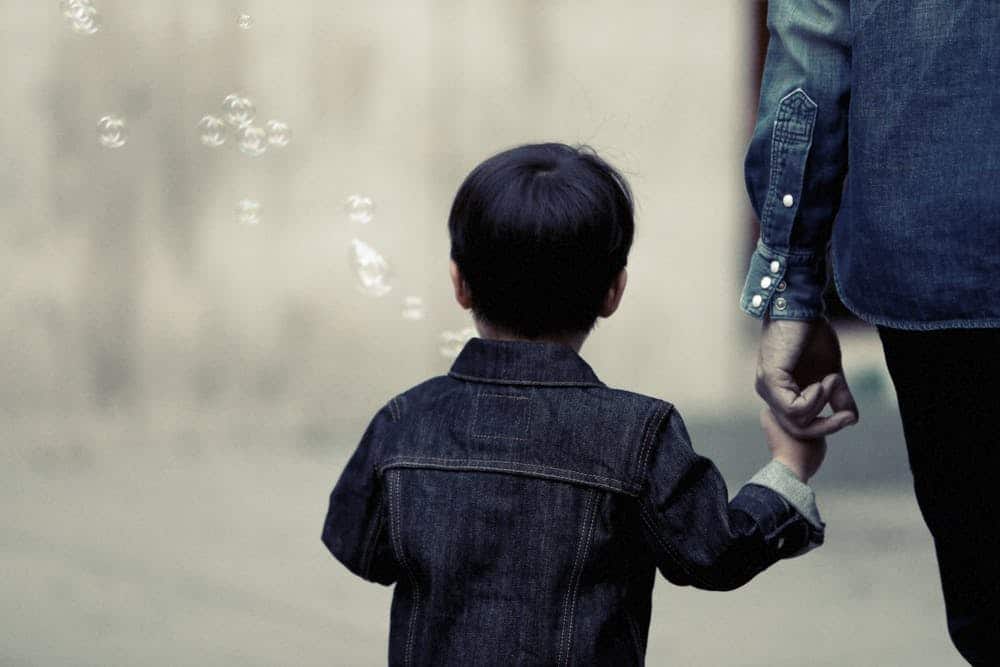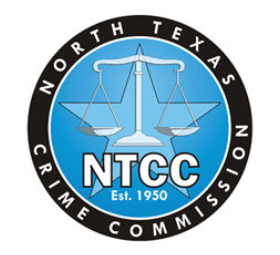The numbers are staggering. Each year, an estimated 14,500 to 17,500 foreign nationals are trafficked into the United States, but the number here within our own country is far worse. An estimated 200,000 women and girls–mostly children–are currently being trafficked within the borders of our country. It’s a stain on America, and something that we all must be fighting against. We can no longer sit idly by and wait for someone else to do the work to save these victims; it’s time that we stood up and started taking action.
The definition of human trafficking is the recruitment, transportation, transfer, harboring, or receipt of persons by means of coercion, abduction, fraud, deception, or abuse of power of a position of vulnerability for the purpose of exploitation. In the United States, the majority of women and girls are sold for sex work, while many others–mostly people from foreign countries–are exploited and trafficked for labor.
And the problem is lurking right under our noses. This is not a situation that only takes place in big crime cities or in border towns–this happens in everyday America, in suburbia. Many of the victims are trafficked at a young age, either kidnapped as children or captured as runaways. Some are vulnerable girls living on their own, who are trapped into a cycle of abuse and substance abuse and are unable to seek help for fear of going to jail.
In fact, that’s a common thread through most trafficking cases: victims believe that they are going to be in a worse situation if they go to police. Many have had their families threatened with violence if they run. Others are strictly controlled through drug dependency. In many of these cases, human trafficking victims simply don’t feel like they’re safe to flee to safety, which makes their existence right under our noses so much harder to fathom.
Activities Combatting Human Trafficking
There is much that can be done to combat human trafficking. Some of these are:
Be a Conscientious Consumer
Find out where your food and clothes come from and insist that you buy products that are made from reputable companies with good track records for human rights. One good resource listed by the U.S. State Department is the Labor’s List of Goods Produced by Child Labor or Forced Labor.
Contact Your Officials at All Levels of Government
Meet with or write to your city, state and federal officials and let them know that you care about the plight of trafficking victims. A letter or a phone call may not feel like much, but when enough people take these actions, politicians begin to listen.
Organize a Fundraiser and Donate to an Anti-Trafficking Organization
Corporations are often looking for good causes to support, and even when with your bosses or company’s activity committee, you may find that there is support for starting a fundraiser to raise money for these charitable organizations.
Encourage Schools to Include Human Trafficking in their Curriculum
As many victims are taken at young ages, it’s important to have these hard conversations when children are young. Encouraging school boards to include curriculum about human trafficking, both how to avoid becoming a victim and how to spot warning signs of someone else being a victim, can do a lot.
Offer Jobs and Mentorship Programs to Trafficking Survivors
If you’re in a hiring position in your company, push for your business to work with police and other organizations to offer good jobs with a living wage to victims of trafficking who are trying to escape. Many victims who are rescued end up back on the streets because they do not have a structural system of support. You can be that support.
As Parents or Caregivers, Watch For Warning Signs and Educate Children
Learn how traffickers lure their victims in and watch your children, both young and old, to make sure that they’re not exhibiting behaviours that put them at risk.
As Health Care Providers, Learn to Identify Signs of Trafficking
Many victims come through medical services, but are too afraid to speak out. Know the warning signs and offer help, but never try to intervene, because that risks the health and safety of the trafficking victim.
These are just a few of the many things that you can do to fight human trafficking. There are plenty more. The more you learn on the topic, the more you’ll be willing to make your voice heard in support of these victims and take action, no matter what your role or position in life.
Help for Victims of Trafficking Brochure
We’ve talked a lot about the need for educating yourself on the problem of human trafficking and what can be done about it. At DeliverFund, we have quite a few downloadable resources that will help you to better understand the problem and know how to take action before it’s too late to save these victims. Some of the downloadable items are:
Definitions
This infographic gives a succinct definition of the various types of human trafficking, who is at risk, and what problems these victims face.
Online Grooming Information Sheet
This infographic explains in detail the process of grooming, or in other words the process by which traffickers manipulate their victims to gain their trust. Much of this happens online but it can even happen by a neighbor or relative. If you’re a parent, read this document and make yourself very familiar with the warning signs.
Human Trafficking Indicators
This infographic outlines things to watch for in potential victims, including how they’re treated, where they get their money, how they’re being controlled, what their mental state is like. It also gives tips on the best way to work with law enforcement.
What is the Difference?
This infographic attempts to illustrate the differences between sex workers, particularly the victims of trafficking, the willing illegal prostitutes, and the legal prostitutes. This will give you a picture of how to identify victims and get them help.
Statistics
This downloadable pamphlet outlines the devastating statistics that exist around human trafficking, including the number of victims, the age of the victims, and the vile conditions in which they have to live. This is a good primer for anyone wanting to get involved and trying to convince others of the importance of this work.
Where We Are
This pamphlet shows the actions of DeliverFund, how we operate and what actions we are engaged in. It describes how we use cutting-edge technology to fight online predators.
Trafficking Victims Protection Act
The Trafficking Victims Protection Act, created in 2000, gave the United States more tools to “mount a comprehensive and coordinated campaign to eliminate modern forms of slavery domestically and internationally.”
It breaks down into Three P’s: protection, prosecution, and prevention.
The TVPA provides protection to trafficking victims in two ways: by expanding services and health benefits to victims regardless of immigration status, and by creating new protections for foreign national victims of human trafficking.
Prosecution in the TVPA includes new laws that prohibit forced labor, debt slavery, and sex trafficking. It also mandates that restitution be paid to the victims.
Prevention is carried out through programs targeting those who are at risk to be potential victims.
Call the National Human Trafficking Hotline
If you are in the United States and believe someone may be a victim of human trafficking, call the 24-hour National Human Trafficking Hotline at 1-888-373-7888, or report an emergency to law enforcement by calling 911. Trafficking victims, whether they are U.S citizens or not. are eligible for services and immigration assistance.









